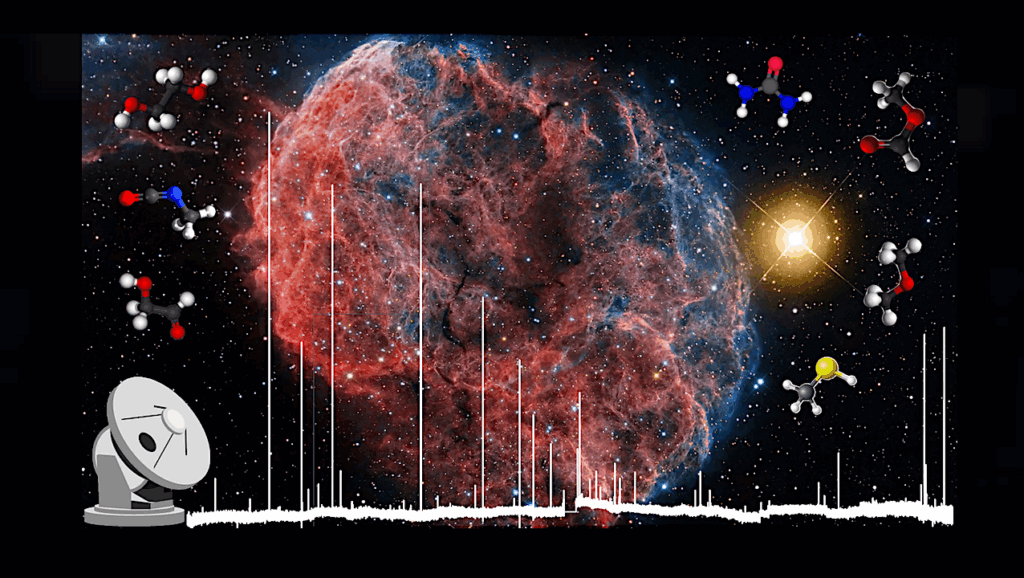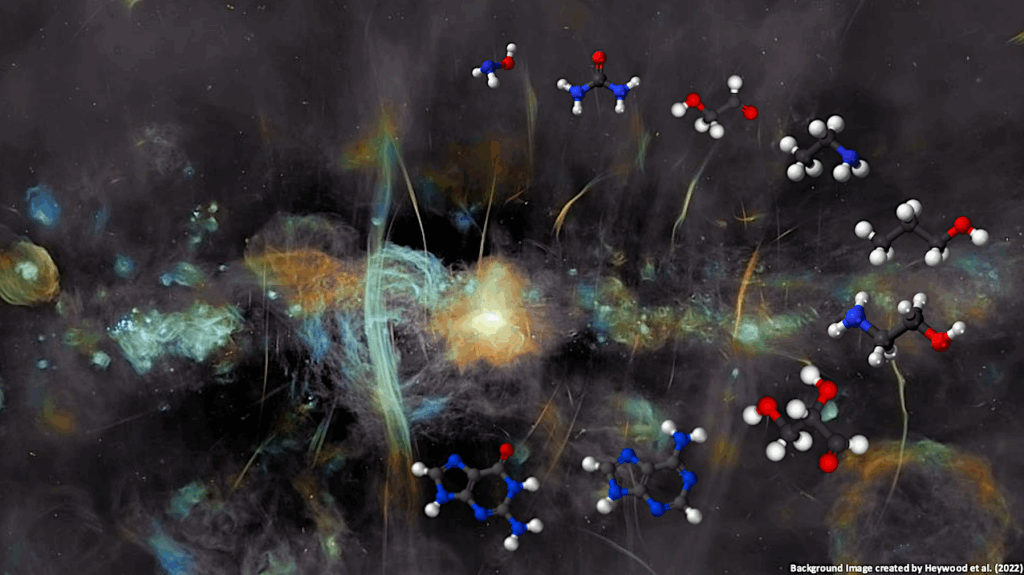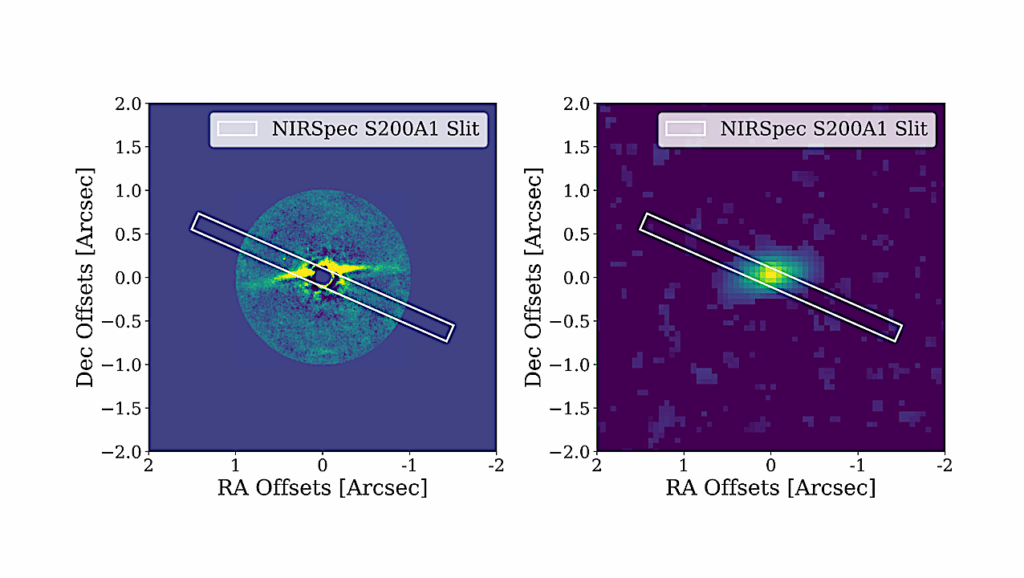Stratified Distribution of Organic Molecules at the Planet-Formation Scale in the HH 212 Disk Atmosphere

Formamide (NH2CHO) is considered an important prebiotic molecule because of its potential to form peptide bonds. It was recently detected in the atmosphere of the HH 212 protostellar disk on the Solar-System scale where planets will form. Here we have mapped it and its potential parent molecules HNCO and H2CO, along with other molecules CH3OH and CH3CHO, in the disk atmosphere, studying its formation mechanism.
Interestingly, we find a stratified distribution of these molecules, with the outer emission radius increasing from ~ 24 au for NH2CHO and HNCO, to 36 au for CH3CHO, to 40 au for CH3OH, and then to 48 au for H2CO. More importantly, we find that the increasing order of the outer emission radius of NH2CHO, CH3OH, and H2CO is consistent with the decreasing order of their binding energies, supporting that they are thermally desorbed from the ice mantle on dust grains.
We also find that HNCO, which has much lower binding energy than NH2CHO, has almost the same spatial distribution, kinematics, and temperature as NH2CHO, and is thus more likely a daughter species of desorbed NH2CHO. On the other hand, we find that H2CO has a more extended spatial distribution with different kinematics from NH2CHO, thus questioning whether it can be the gas-phase parent molecule of NH2CHO.
Chin-Fei Lee, Claudio Codella, Cecilia Ceccarelli, Ana Lopez-Sepulcre
Comments: 22 pages, 5 figures
Subjects: Astrophysics of Galaxies (astro-ph.GA)
Cite as: arXiv:2208.10693 [astro-ph.GA] (or arXiv:2208.10693v1 [astro-ph.GA] for this version)
Submission history
From: Chin-Fei Lee
[v1] Tue, 23 Aug 2022 02:30:56 UTC (484 KB)
Full paper https://arxiv.org/abs/2208.10693
Astrobiology, Astrochemistry








